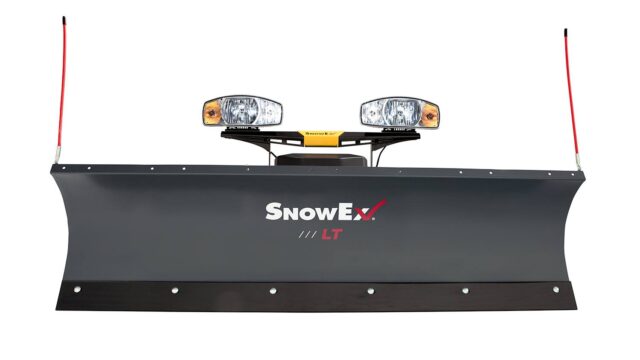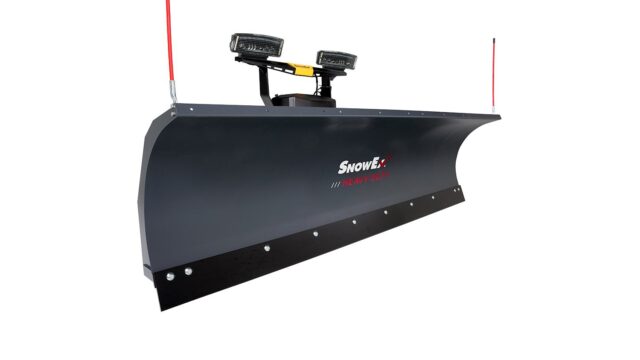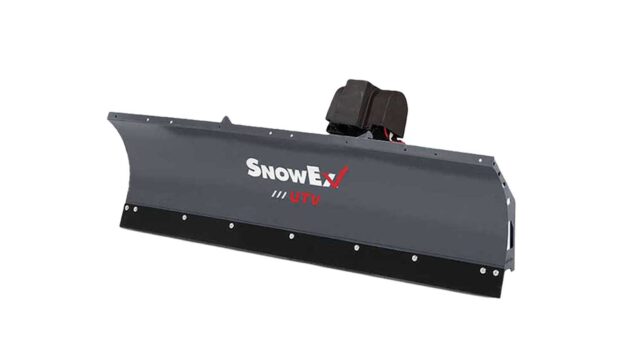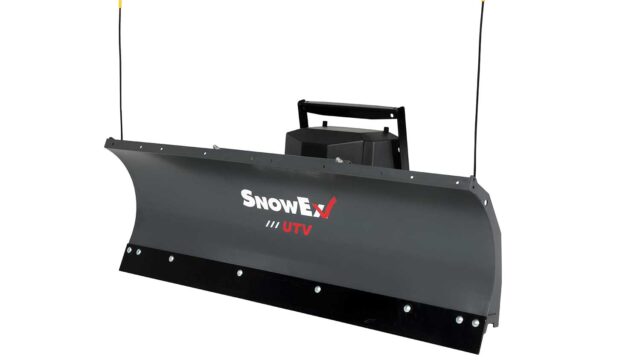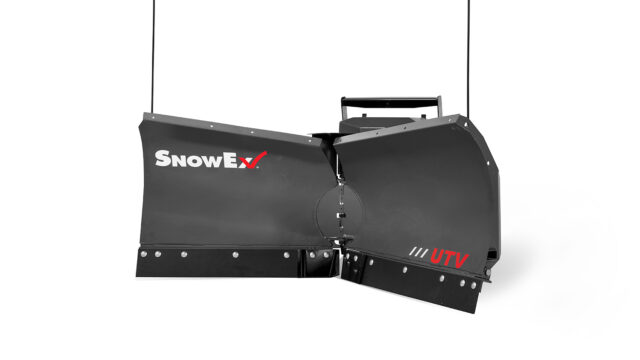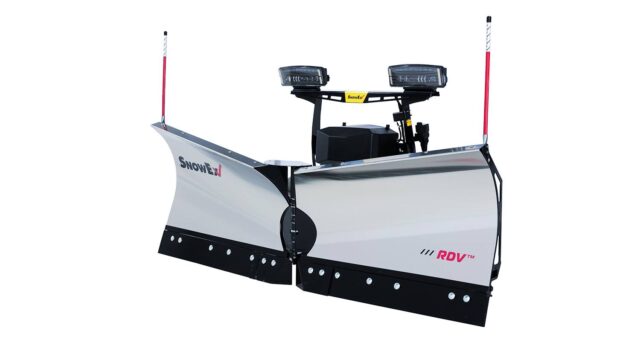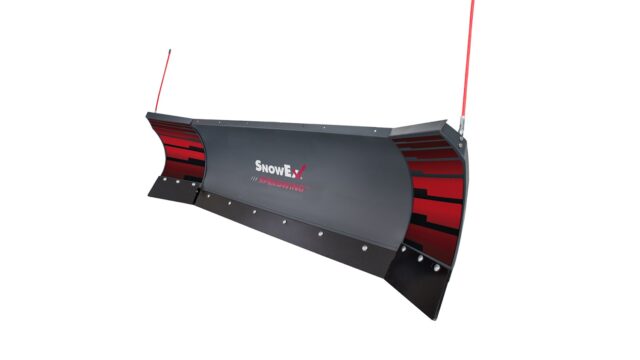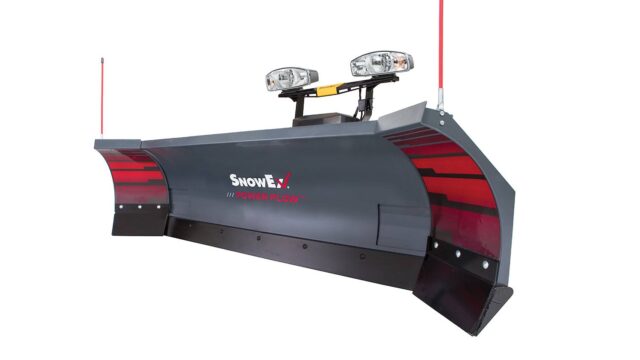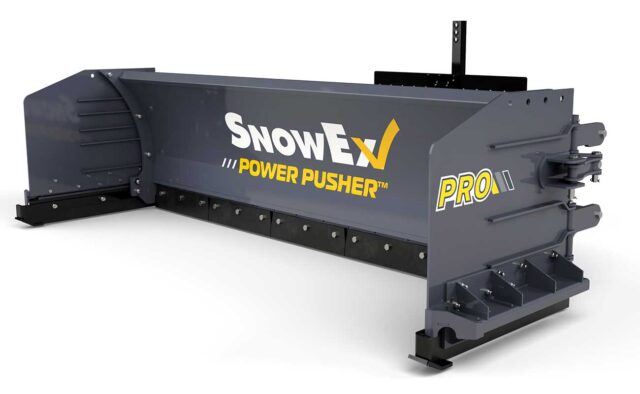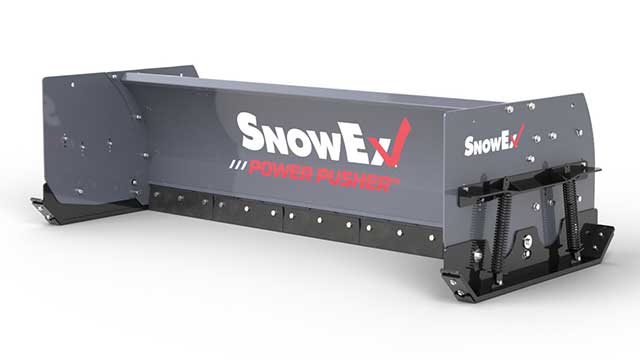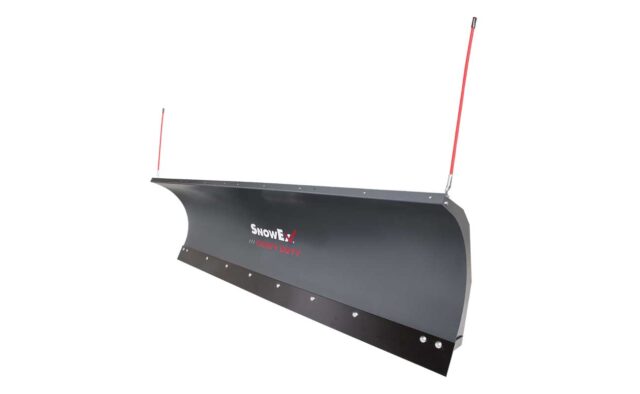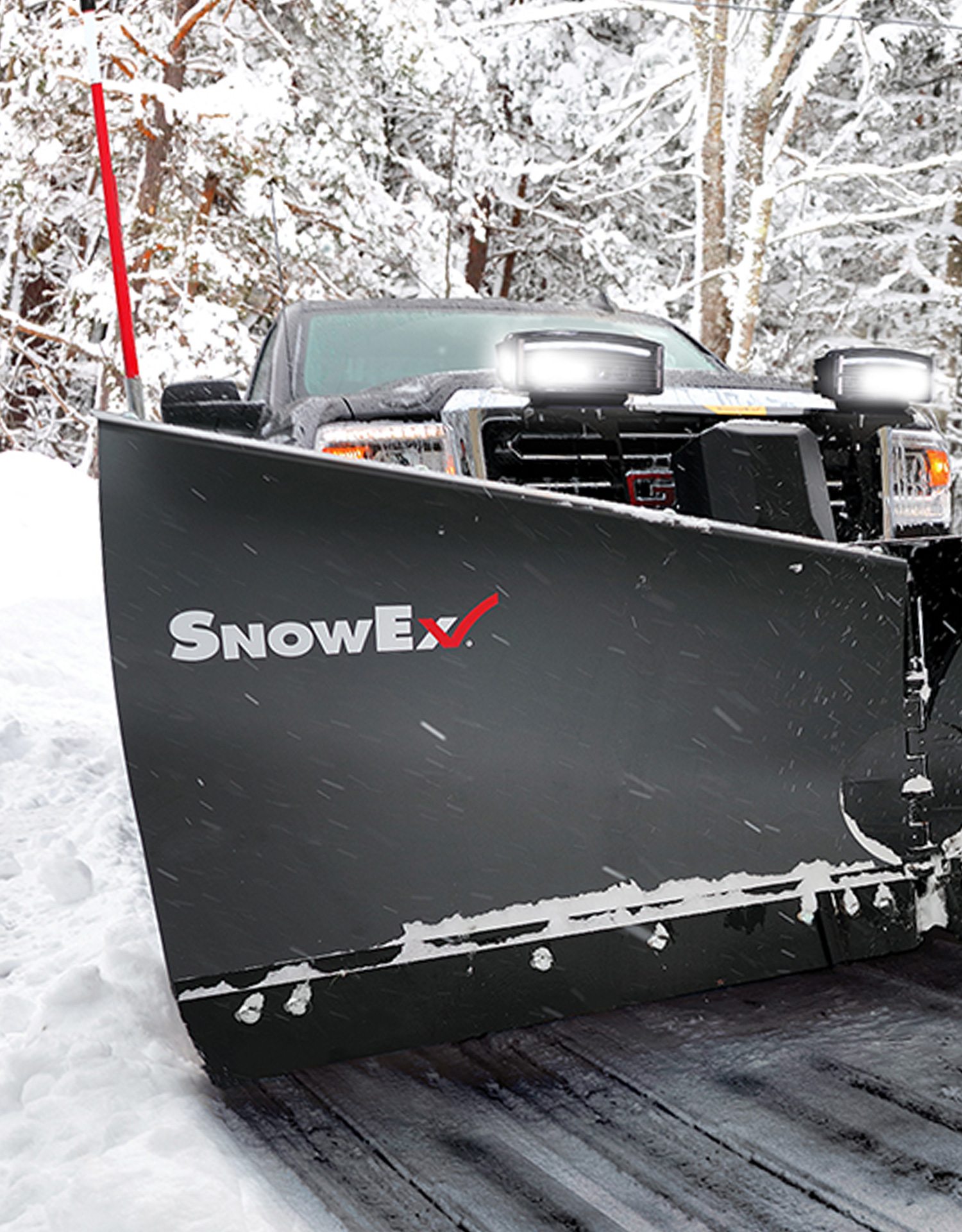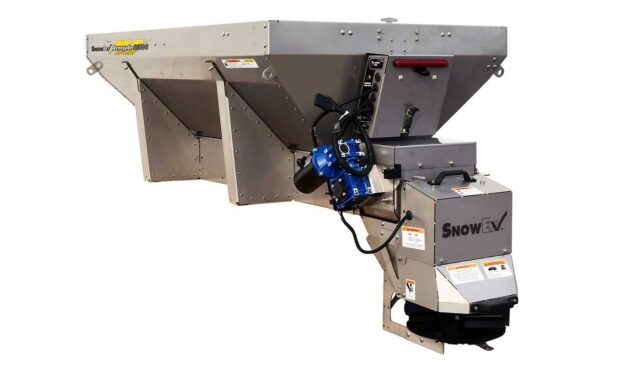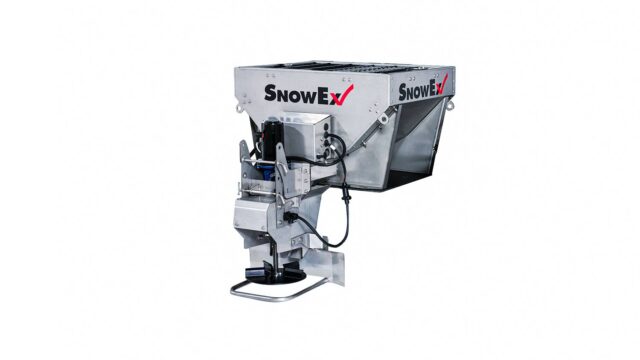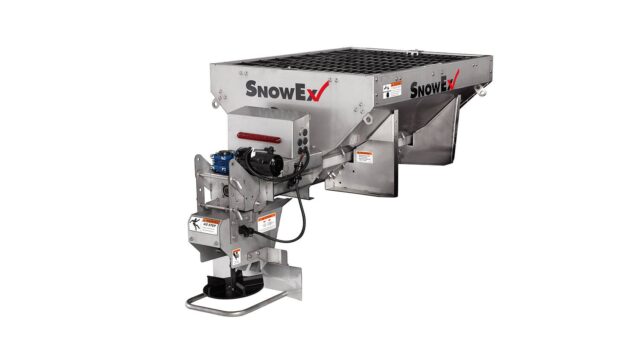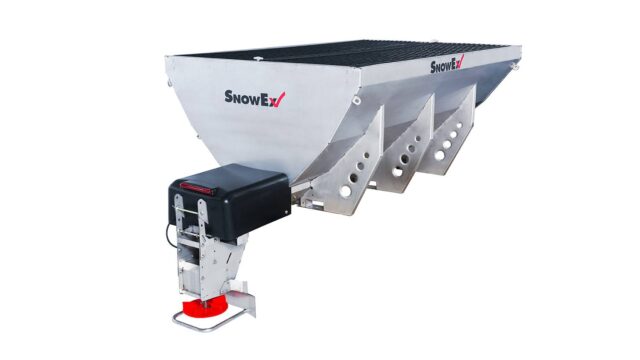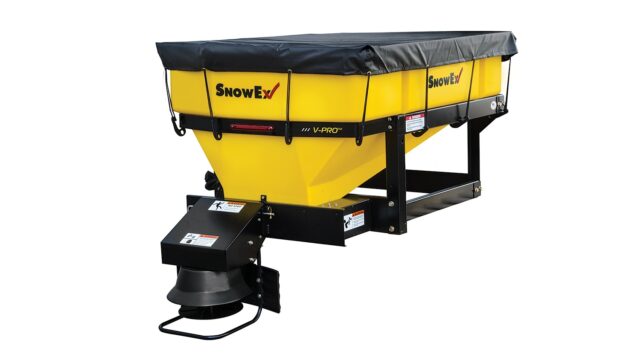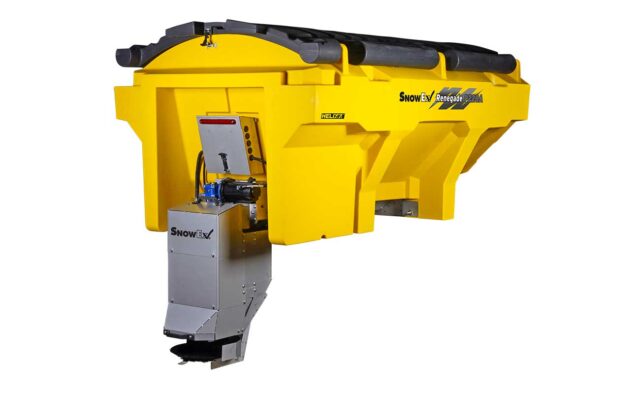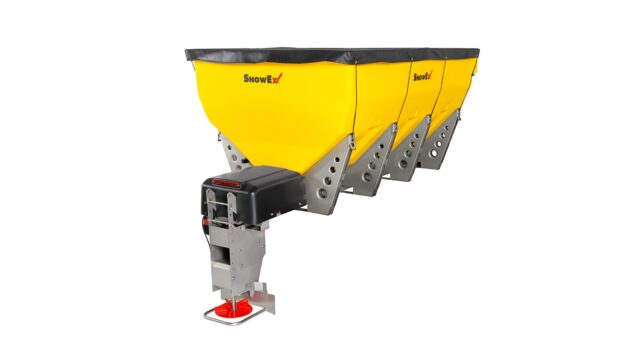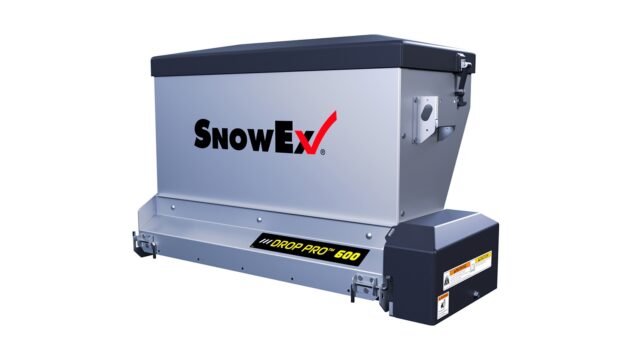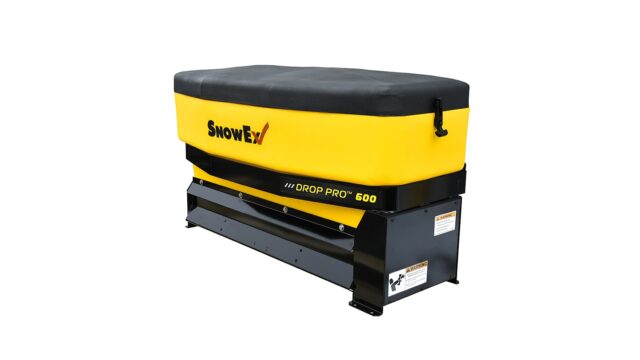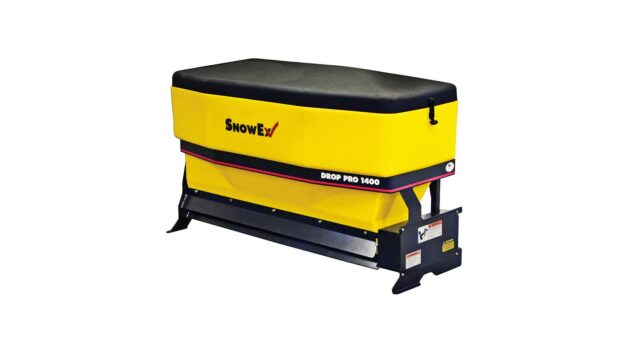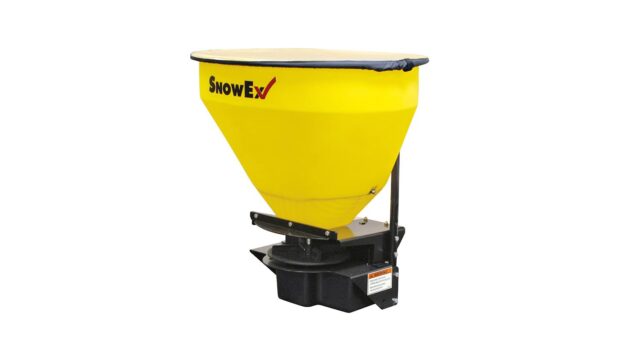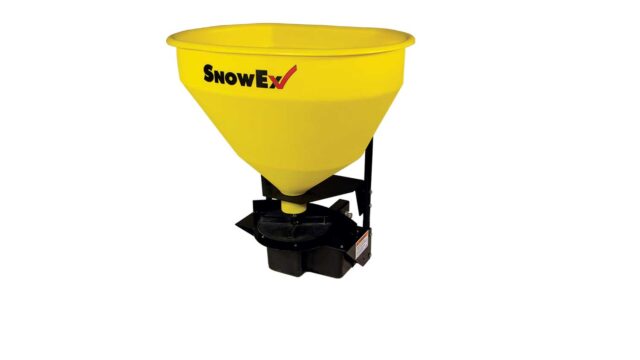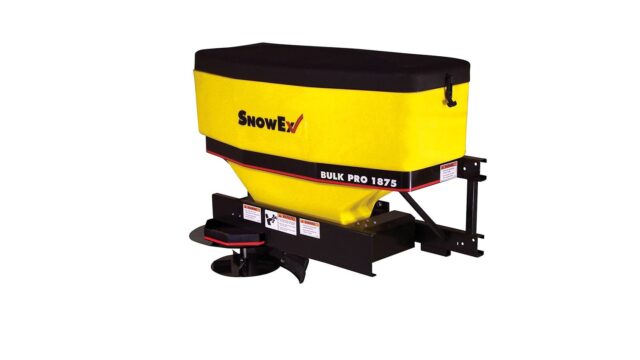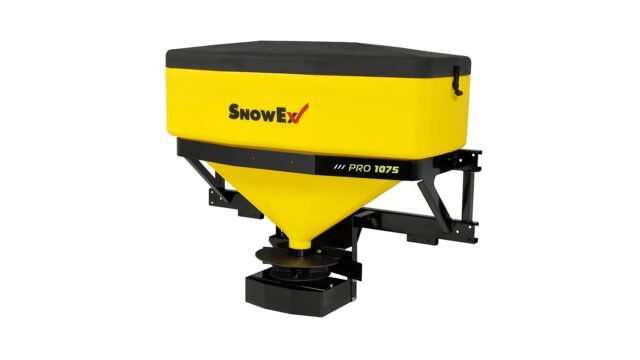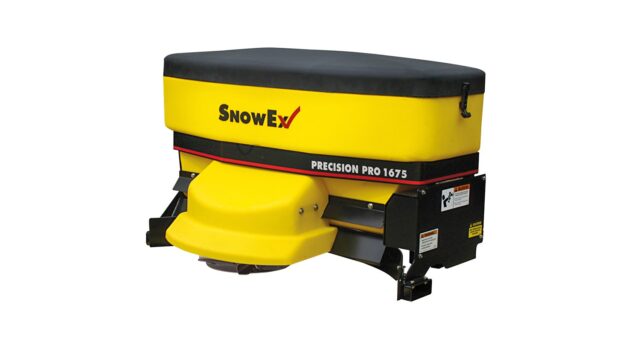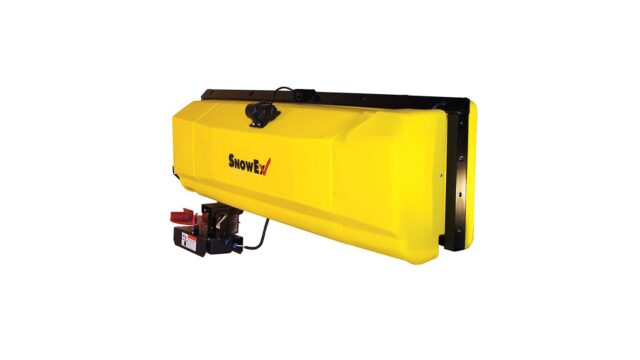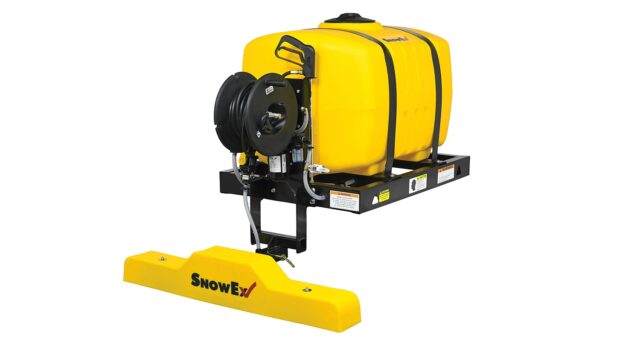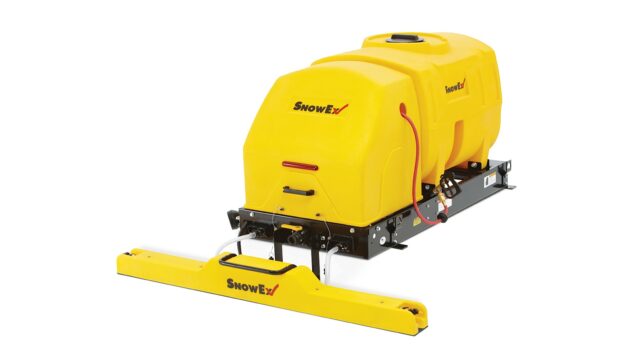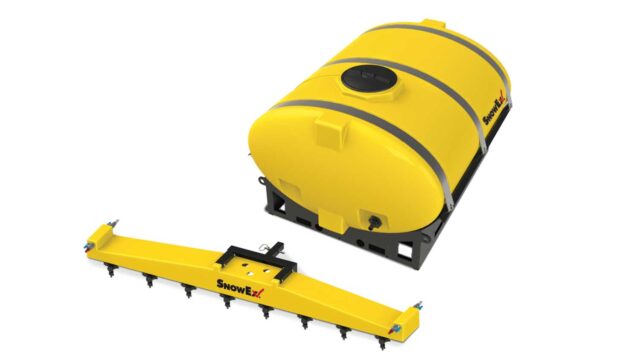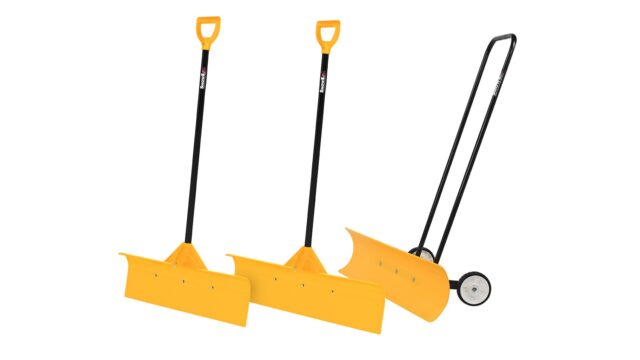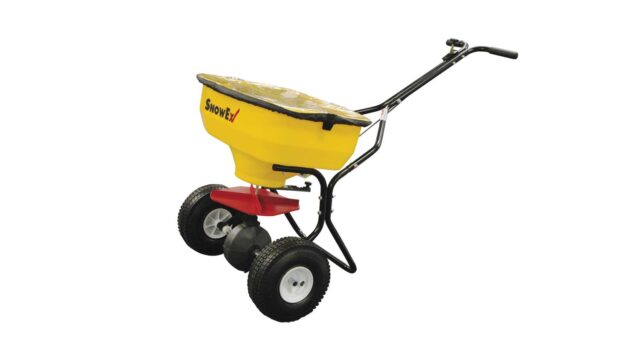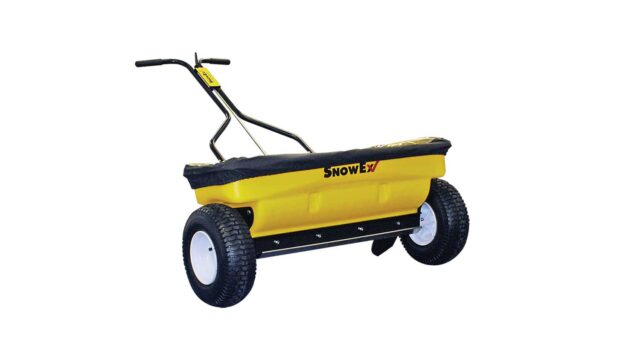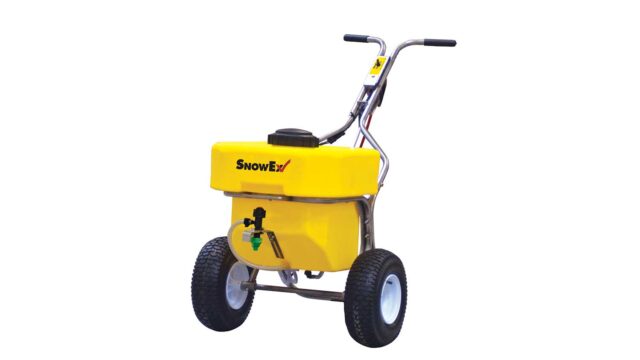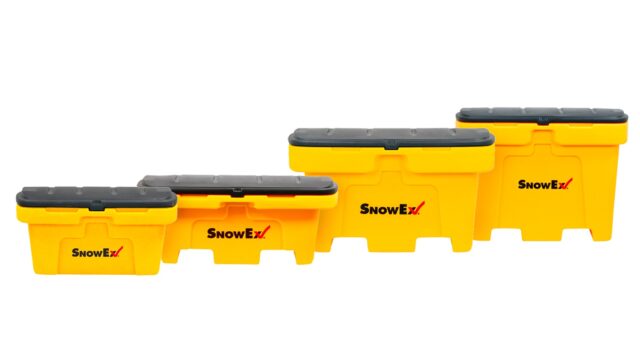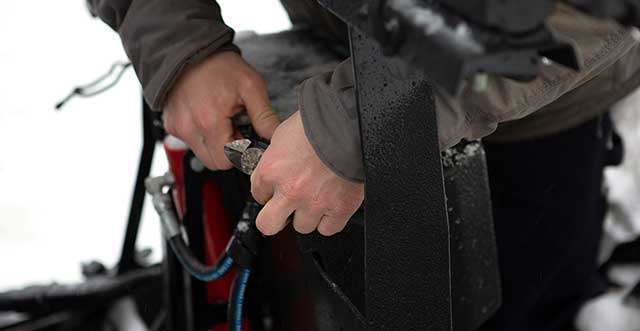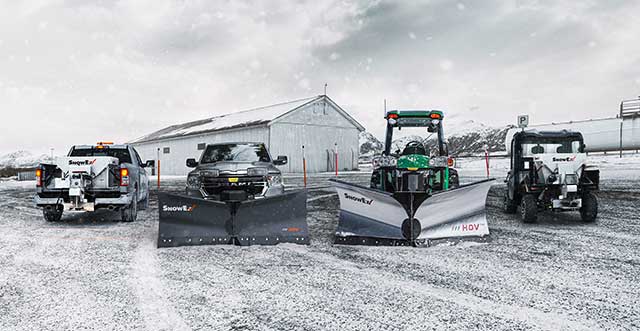Salt Smart: Sustainable Solutions, Strategic Advantages for Deicing
Created April 2, 2020
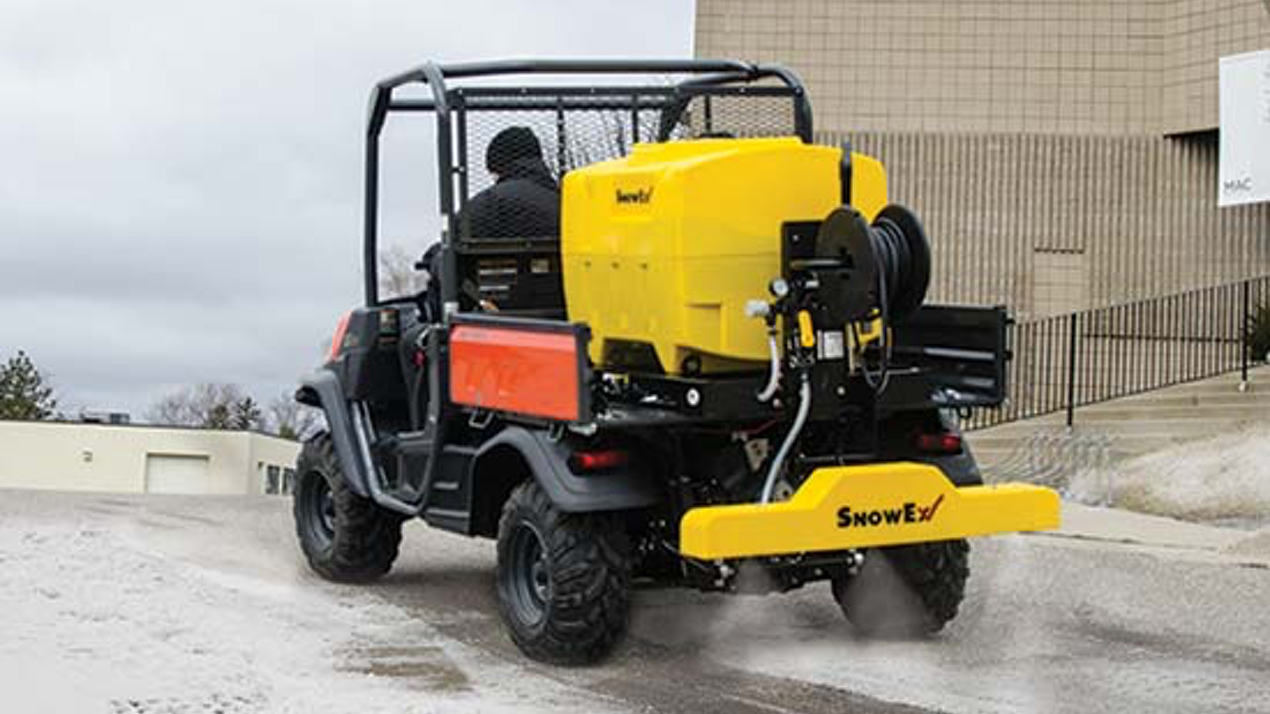
By Pam Buckley, Sustainability Manager, Douglas Dynamics
A New Age Paradigm
In the commercial snow and ice industry, the most common push-back for investing in liquid technologies is that the average service provider has no need for liquids as long as salt is cheap. Then a season like 2013-14 comes along that never lets up, where salt supplies dry up and costs skyrocket. Or the winter of 2014 where New England was repeatedly inundated, and suddenly contractors were feeling the pain.
Recent years have been defined by significant fluctuations in snowfall and temperatures throughout the Snowbelt, and are most noteworthy for the increase of extreme snow events. At the same time, public expectation for performance has surpassed the capacity of traditional methods of snowfighting to deliver results, driving competition in the private sector.
In this climate, contractors have begun to explore options that can reduce their salt consumption, optimize their material performance and mitigate exposure to variances in supply and cost while meeting the requirements of an increasingly demanding market. Innovative service providers are turning to cutting-edge liquid technologies and employing Best Management Practices that provide the added control, versatility and efficiency they need to remain competitive.
These essential tools provide increased capacity to respond to diverse storm conditions, expand the operational timeframe and deliver performance results faster than traditional methods, all at a lower cost. By adding liquids to their toolbox, new age snowfighters are fortifying their arsenals and best positioning their operations to prosper regardless of erratic weather patterns and supply constraints, in both lean and busy years.
Property Owners Seek Sustainable Salt Solutions
The desire to pursue sustainable salt management practices is not being driven solely by innovative service providers seeking to optimize efficiency and cut costs. Property owners who have experienced less than desired levels of service due to salt shortages or extreme weather are likewise vested in exploring solutions. In February 2014, WFSB Eyewitness News in Norwich, Connecticut interviewed Stephen Terletzky, a local snow plow contractor. “Smaller contractors who plow the courts, hospitals and other areas told them that their salt supply was exhausted. My customers are stuck with sand, and they’re not happy about it.”
An even greater indicator of property owner concern is the escalating desire for more sustainable winter maintenance practices that can deliver on safety goals and protect valuable property from salt damage. One facility manager recently mentioned spending upwards of $100,000 last spring to replace landscaping and repair damage caused to their parking lot over the winter. Liquid solutions utilize significantly less salt in achieving performance goals resulting in substantially reduced damage to landscape, concrete and entranceways.
The drive for more sustainable property management practices is becoming a nationwide phenomenon. At the Snow and Ice Management Association Trade Show in June 2014, Stewart Kaplow, ESQ noted that according to a November 2013 McGraw-Hill SmartMarket Report, “In the last 7 years, U.S. nonresidential green building went from 1.4% to 44% … a 3,200% increase!” According to a January 2014 USBG report, “1.6 million square feet are certified per day.” The LEED Site Management Policy cites chloride reduction requirements starting in June of 2015 as a part of its certification process … a formidable opportunity for forward thinking service providers seeking to land those accounts.
The Big Picture
The private Snow and Ice Industry is taking notice, aware that what equates to voluntary compliance today may eventually lead to regulation. Current estimates put the cost to taxpayers at about $1,800 per ton of salt spread to repair damages to infrastructure, ecosystems and foliage. As a result, Minnesota and New Hampshire are two of a growing number of states that have implemented winter maintenance certification programs for public and private sector providers seeking to adopt more efficient and sustainable Best Management Practices.
These are not without their benefits. Under a new law enacted by New Hampshire in 2013 (RSA 489-C) aimed at reducing chlorides in the watersheds along the I-93 corridor: “Any business owner who contracts for snowplowing and deicing with a [Green Snow Pro] ‘certified’ salt applicator, has liability protection from damages arising from hazards caused solely by snow or ice.” Similar protection is afforded to the contractor who obtains the certification.
In the fall of 2015, a Salt Summit, sponsored by The S.A.V.E. Lake George Partnership in upstate New York, drew widespread support from both public and private sectors in a combined effort to dramatically reverse the rising chloride levels threatening the lake.
Most recently, the crisis of lead tainted water in Flint, Michigan has drawn national attention to this issue. An article in the Detroit News on January 8, 2016 put the estimated cost of replacing infrastructure damaged by the corrosive Flint River water of upwards of $1.5 billion and, at present, the public health impacts are immeasurable. Multiple sources point to the runoff from road salts used in winter services as a probable cause for the increased chloride levels in the river. Experts assessing the situation note that chloride levels in many rivers and streams in northern Snowbelt urban areas have doubled in the past 20 years and warn that municipalities that pull their water from inland lakes and rivers are increasingly at risk of similar problems unless more sustainable practices are adopted.
Salt Smart Liquid Technologies Deliver Strategic Benefits
In this climate, forward thinking service providers are also embracing the potential ROI to be gained by acquiring cutting-edge liquid technologies, reported to reduce salt usage up to 75% when anti-icing and up to 30% when deicing with pre-wet granular deicers.
Innovative snowfighters realize that, regardless of the price and availability of salt, Salt Smart liquid snow and ice control strategies outperform traditional methods, and provide improved safety and sustainable outcomes for their customers…at a lower cost. Quite simply, liquids provide strategic advantages that new age snowfighters can no longer do without.
Download a PDF version of the article here.
